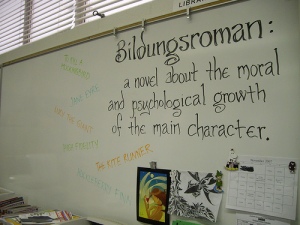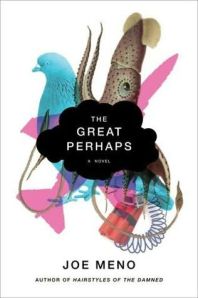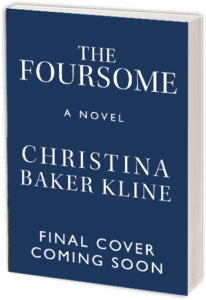Standing in line at the grocery store the other day, leafing through USA Weekend, I came across an interview with Laura Saltman, an entertainment reporter for a tabloid TV show, Access Hollywood. When asked “What do viewers want?” she replied, “The D’s — divorce, death, drugs, derangement, dysfunction.”
That pretty much sums it up, doesn’t it?
 And then I started thinking about literature. I thought King Lear. I thought Hamlet, Othello, Macbeth. Let’s not even discuss the bloodbath of Titus Andronicus.
And then I started thinking about literature. I thought King Lear. I thought Hamlet, Othello, Macbeth. Let’s not even discuss the bloodbath of Titus Andronicus.
I jumped ahead a few centuries to Fitzgerald’s classic novel The Great Gatsby. I thought of Jay McInerney’s Bright Lights, Big City. (I believe he hits all the D’s.) I thought of James Frey’s bestselling faux-memoir, A Million Little Pieces, Jane Hamilton’s A Map of the World and Jane Smiley’s A Thousand Acres.
In an April New York Times Magazine interview, Joyce Carol Oates – who regularly and notoriously tackles the D’s – talked about the title story in her recent collection, Dear Husband. It’s a letter from a woman to her “dear husband,” in which she explains why she drowned their young children in the bathtub. “Why do you find violence so alluring as a literary subject?” Oates was asked. She responded, “If you’re going to spend the next year of your life writing, you would probably rather write “Moby Dick” than a little household mystery with cat detectives. I consider tragedy the highest form of art.”
The highest – and of course the lowest. As our collective obsession with Michael Jackson signifies (yup, that particular narrative contains every single ‘D’ ), the elements of tragedy enthrall us at every point on the spectrum.
In fact, as I write this now I realize that my own new novel, Bird in Hand, has at least three on Saltman’s list: divorce, death, and dysfunction. If I’d understood the pull of the D’s, maybe I’d have thrown in drugs and derangement for good measure. Or is that measure for measure?

 “In beginning a story I know nothing at all: surely not where I am going, and hardly at all how to get there.” — Cynthia Ozick
“In beginning a story I know nothing at all: surely not where I am going, and hardly at all how to get there.” — Cynthia Ozick
 “For me, almost everything starts off as a short story,” the novelist and short story writer
“For me, almost everything starts off as a short story,” the novelist and short story writer